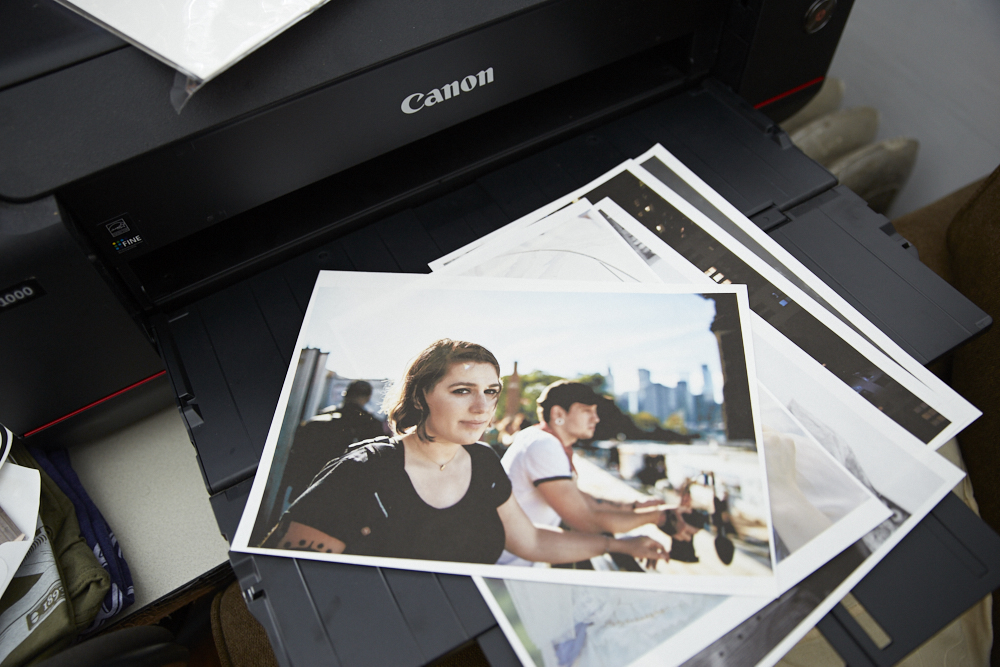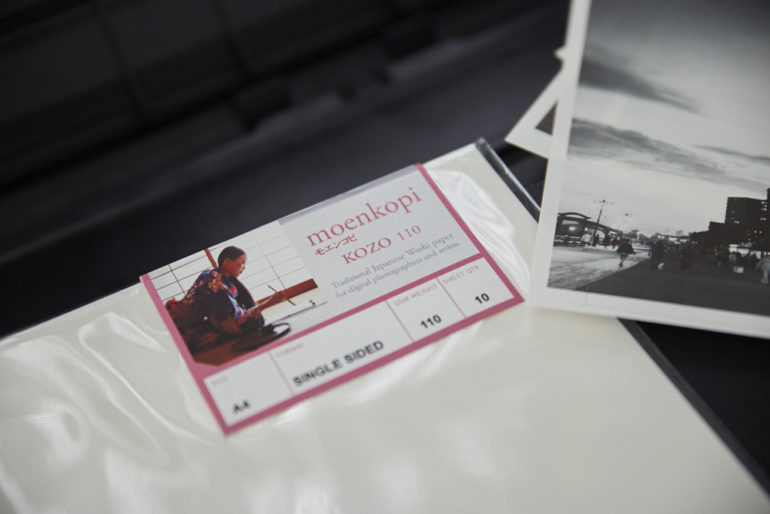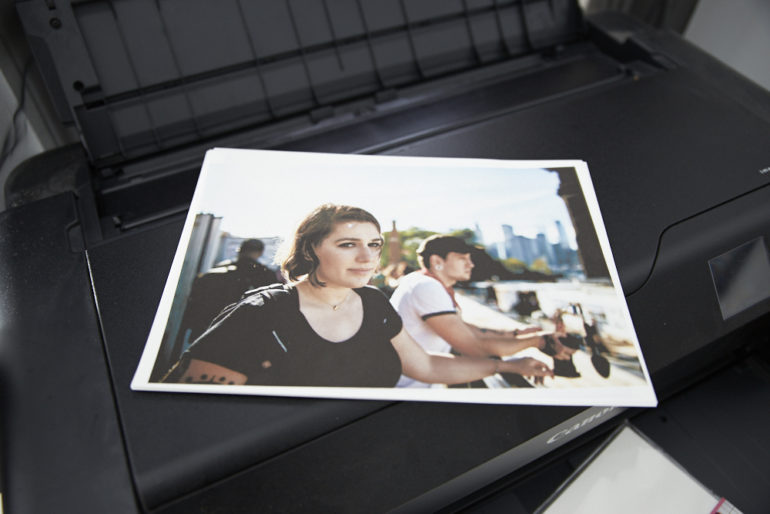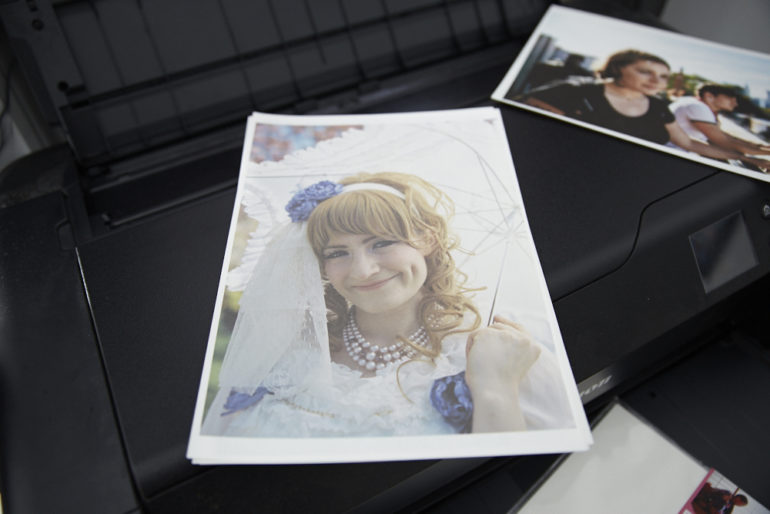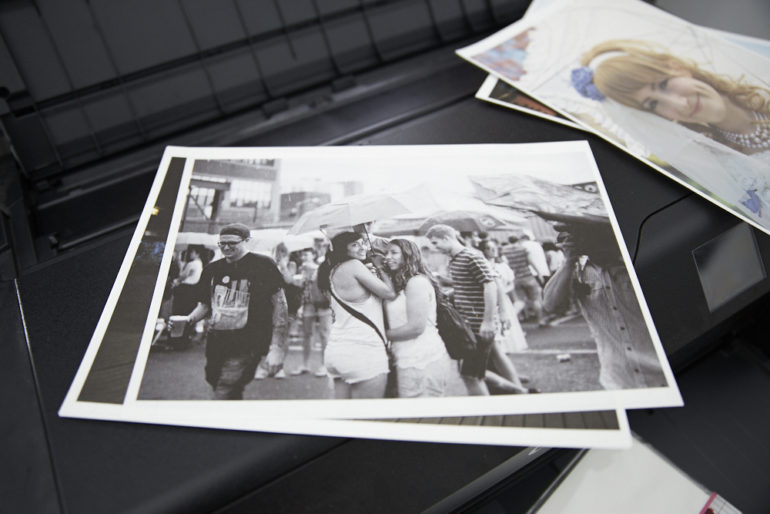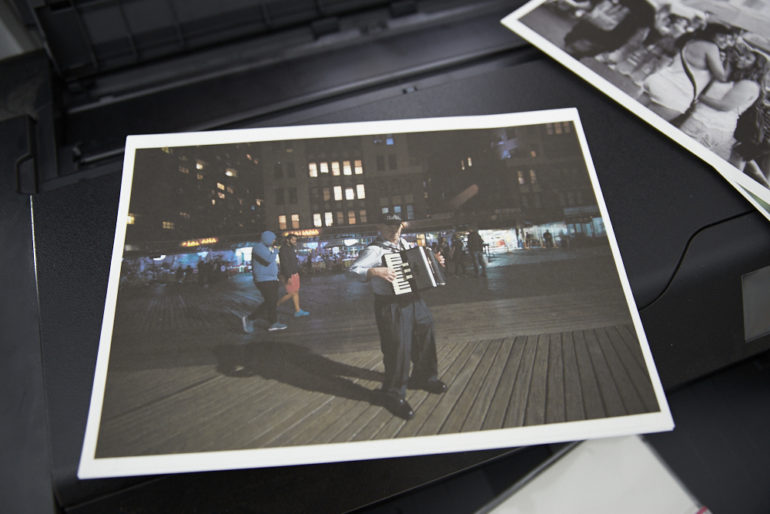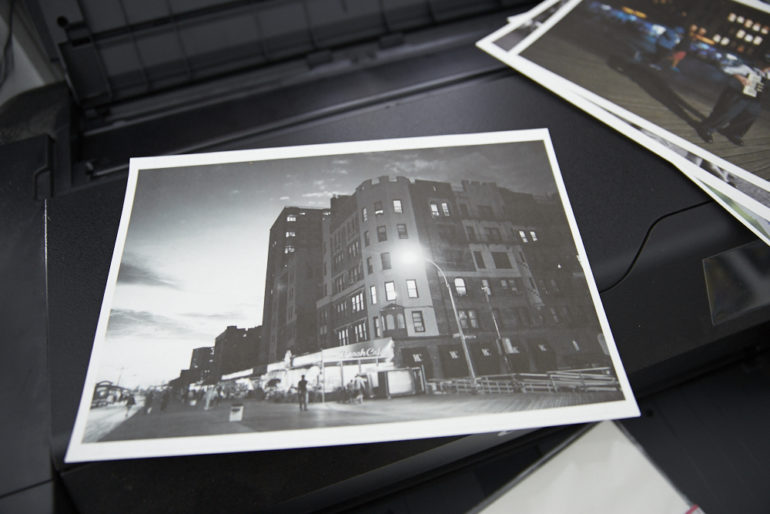Last Updated on 11/29/2017 by Chris Gampat
I’ve got a love hate relationship with MOAB Moenkopi Washi Kozo 110 paper
MOAB Moenkopi Washi Kozo 110 paper is classified under the company’s specialty paper, and it honestly has me scratching my head in some ways while being very impressed in others. The paper is designed for fine art photographers and is a matte paper with a pretty unique look that you only realize when lit just right. On the other hand, there are things about it I don’t believe make it so special vs a number of other papers out there. But as it is, there surely are things about it that make it special. MOAB Moenkopi Washi Kozo 110 is made of mulberry and designed to simulate the look of hot press paper. It has a lot of the characteristics of matte paper while remaining a bit more delicate to the touch.
Tech Specs
The following statement is pulled from MOAB’s website
Moenkopi [moe-in-koe-pee] papers represent a unique partnership with the Awagami Factory in Tokushima, Japan. Moenkopi is a Native-American name which was used to identify a mudstone layer of rock common in the Moab area. The world-famous Fisher Towers seen in many a John Wayne film, were formed in this strata. These unique towers seem to flow from the earth. It is fitting then that Moenkopi would be used to define our family of environmentally-friendly Japanese papers made primarily from Kozo (mulberry) fibers.
Availabe in three surfaces, Kozo, Unryu, and Bizan are all made from natural mulberry and hemp fibers using traditional Japanese Washi techniques and then coated to accept inkjet inks. No other paper has received as many awards and acclaim. This is a specialty product and designed for discerning artists with advanced technical printing skills.
Ease of Use
Before you go ahead, I did some research about this paper and found this video. I’m not sure if it’s the same paper at all, but when looking at the video I was shocked to see what was done with it and how it was used. I can’t seem to do the same thing with this paper at all but if it’s indeed possible then that’s really cool! It would mean you can put some sort of soft lighting behind your images via a light panel of some kind and really make them pop. Of course, it also means your photos become very delicate.
For this review, I loaded MOAB Moenkopi Washi Kozo 110 paper into my Canon Prograf-1000 printer and used photos from the Canon 6D, Canon 6D Mk II, the Nikon D850, and both Ilford and Kodak films. The images were printed using Capture One Pro’s interface. I also ensured the ICC profiles were installed as per MOAB’s website. What you should know is this paper is “single sided” and you can pretty clearly tell which side is which when printing. But just in case you can’t, then shine it under direct, white lighting.
Image Quality
In my tests, I found that MOAB Moenkopi Washi Kozo 110 paper acts like most other matte papers. When you print color photos, you need to ensure they’re very saturated to get the most of them due to the way matte paper acts. The image above was shot using the Nikon D850 and then adjusted a bit after using an RNI preset. The print gives me more dynamic range than my iMac screen does but also loses contrast.
This image is one of my favorite shots using Kodak Portra 400. Unfortunately, this paper didn’t do it justice at all as the colors became greyed. I think that a Luster would have done a much better job here–or a darkroom print.
With Ilford HP5 scans though, MOAB Moenkopi Washi Kozo 110 paper does a fantastic job. Part of this is due to how black and white works with matte paper. It ended up matching my screen exactly.
MOAB Moenkopi Washi Kozo 110 paper did okay when editing images from the Canon 6D. I like the matte look, but it would have worked better with luster paper.
Using the Canon 6D and the camera’s monochrome profile created a great print, however. What I found is that it surely delivers the matte look. In some areas, the image is perfect, while in others it’s lacking some details I’d see on my screen might get with another paper.
Conclusions
I don’t hate MOAB Moenkopi Washi Kozo 110 paper, but I personally don’t think it’s for me. I fully admit I may not be using it right or to its fullest potential as I saw with Epson’s video. But at the same time, I’m not really in love with this type of paper due to the way I edit. If I’m shooting in black and white, there are images I’d prefer to print on Epson or Red River’s paper instead.


